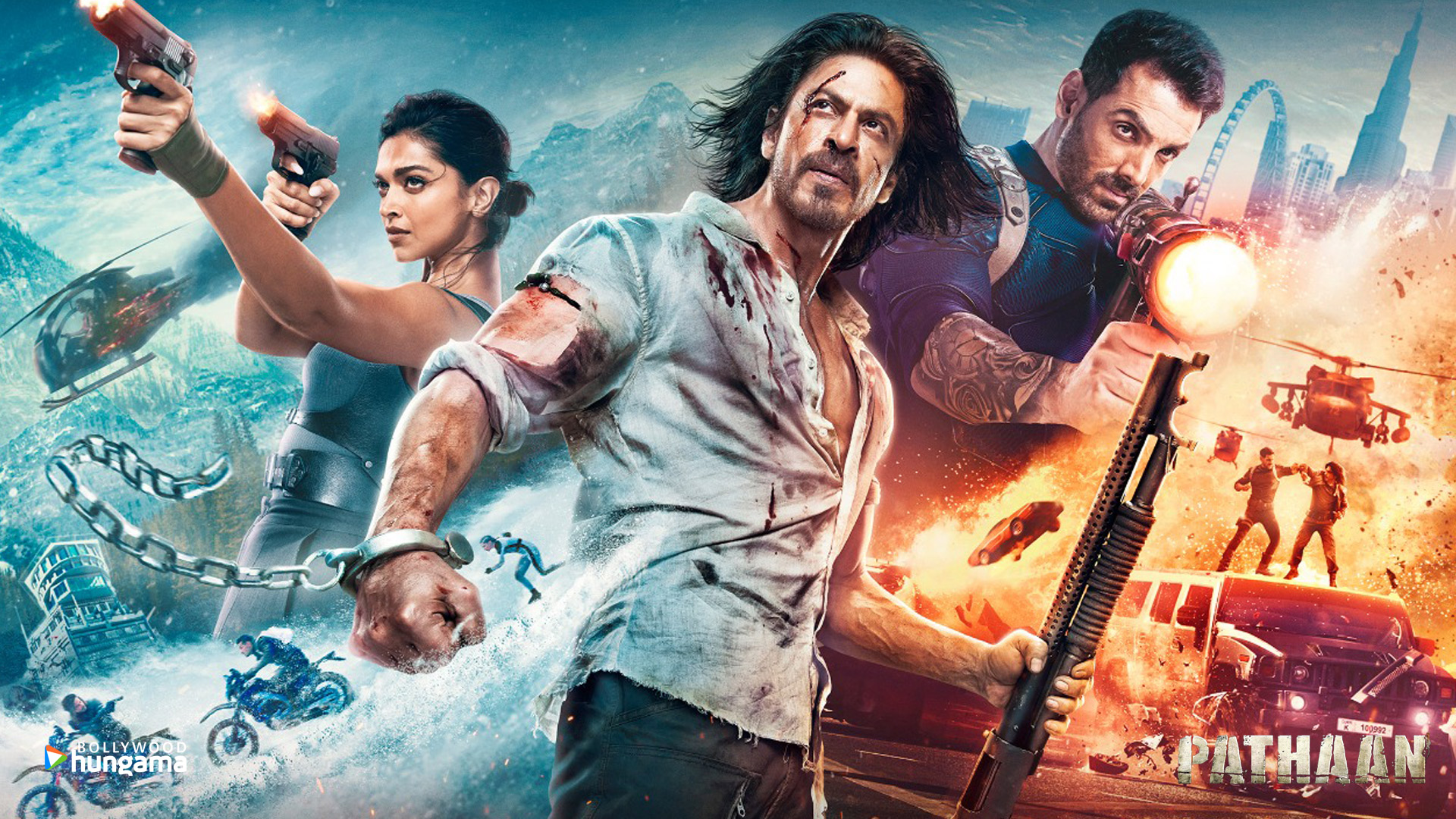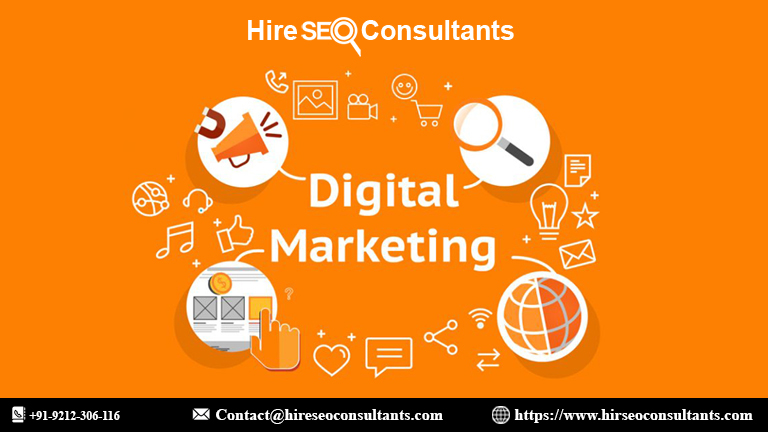Describe the Movie Distribution Process and marketing
Learn about the movie distribution process, from production to marketing. Discover key strategies for successful film distribution.

Evolution of Movie Distribution Process and Marketing
The world of movie distribution and marketing has undergone a remarkable evolution over the years. Gone are the days when movie studios relied solely on traditional marketing methods such as billboards, television commercials, and newspaper ads to promote their films. With the advent of the internet and digital technology, the landscape has shifted dramatically, opening up new opportunities and challenges for filmmakers and distributors alike.
In the early days of cinema, movies were primarily shown in theaters, with distribution limited to physical film reels being shipped to different locations. Marketing efforts were focused on creating hype through word-of-mouth, posters, and newspaper reviews. However, as technology advanced, so did the methods of distribution and marketing.
The rise of home video in the 1980s revolutionized the industry, allowing movies to reach a wider audience through VHS tapes and later DVDs. This new format provided a more convenient and accessible way for people to enjoy movies in the comfort of their own homes. With this shift, movie studios had to adapt their marketing strategies to target consumers who were now making purchasing decisions for their personal movie collections.
Fast forward to the digital age, where streaming platforms have become the dominant force in movie distribution and consumption. Services like Netflix, Amazon Prime Video, and Hulu have completely disrupted the traditional distribution model, offering a vast library of movies and TV shows at the click of a button. This shift has not only transformed the way movies are distributed but also how they are marketed to audiences.
In today's digital landscape, social media platforms have become powerful marketing tools for movie studios. With millions of users actively engaging with content, platforms like Facebook, Twitter, and Instagram provide an avenue for direct interaction with fans and potential viewers. Trailers, behind-the-scenes footage, and exclusive content are widely shared and discussed online, creating buzz and anticipation for upcoming releases.
Additionally, online advertising has become increasingly targeted and personalized. With the help of data analytics and algorithms, movie distributors can identify specific demographics and interests to tailor their marketing campaigns. This level of precision allows for more effective and efficient promotion, reaching the right audience at the right time.
The evolution of movie distribution and marketing has not only changed the way films are consumed but has also presented new opportunities for filmmakers to showcase their work. Independent filmmakers, who once struggled to secure theatrical releases, can now leverage digital platforms to reach a global audience. This democratization of distribution has given rise to a diverse range of voices and stories, enriching the cinematic landscape.
As technology continues to advance and consumer behavior evolves, the movie industry will undoubtedly face new challenges and opportunities in distribution and marketing. However, one thing remains certain: the journey from the big screen to your screen is an ever-evolving process that continues to shape the way we discover, enjoy, and engage with movies.
The traditional Movie Distribution Process model
The traditional movie distribution model has long been the backbone of the film industry. It involves a carefully planned strategy to release a movie in theaters, followed by subsequent releases on various platforms such as DVD, Blu-ray, and streaming services. This model has been the go-to approach for decades, allowing filmmakers to reach a wide audience and generate substantial revenue.
The process begins with securing distribution rights for a movie, which involves negotiating with distributors and signing contracts that outline the terms and conditions. These distributors play a crucial role in getting the film into theaters and ensuring its visibility to potential viewers. They handle the logistics of booking screens, organizing screenings, and promoting the movie through various marketing channels.
Once the movie is ready for release, it hits the big screen, often starting with a wide release in major theaters. This initial release is a critical moment for generating buzz and attracting audiences. The marketing efforts ramp up during this time, with trailers, posters, interviews, and press releases flooding various media outlets. The goal is to create anticipation and drive people to theaters to experience the film on the largest possible screen.
After the theatrical run, the movie enters the secondary distribution phase. This involves releasing the movie on physical formats like DVDs and Blu-rays, allowing people to purchase or rent the film for home viewing. This stage also includes licensing deals with television networks and streaming platforms, which make the movie available to a wider audience. These subsequent releases help extend the lifespan of the film, ensuring it reaches viewers who might have missed it during its initial theatrical run.
The traditional distribution model has been the industry standard for a long time, providing filmmakers with a reliable way to monetize their work and connect with audiences. However, with the rise of digital platforms and changing consumer behavior, the landscape of movie distribution is undergoing a significant transformation. In the next sections, we will explore the new avenues that filmmakers are exploring to adapt to these changes and reach audiences directly on their screens.
The rise of digital distribution platforms
In recent years, the landscape of movie distribution and marketing has undergone a significant transformation with the rise of digital distribution platforms. These platforms have revolutionized the way movies reach audiences, offering a convenient and accessible way for viewers to enjoy their favorite films from the comfort of their own screens.
Gone are the days when moviegoers had to wait for a theatrical release or rely on physical copies such as DVDs or Blu-rays to watch a movie. Digital distribution platforms have made it possible for movies to be instantly available for streaming or downloading, eliminating the need for physical media and allowing for a seamless viewing experience.
One of the key advantages of digital distribution platforms is their global reach. With just a few clicks, a movie can be made available to audiences around the world, transcending geographical boundaries. This has opened up new markets and opportunities for filmmakers and distributors to expand their reach and tap into previously untapped audiences.
Moreover, digital platforms offer a wide range of options for movie distribution, catering to different preferences and viewing habits. Subscription-based streaming services like Netflix, Amazon Prime Video, and Disney+ have gained immense popularity, offering a vast library of movies for a monthly fee. On-demand platforms such as iTunes, Google Play, and Vudu allow viewers to rent or purchase movies digitally, providing flexibility and choice.
From a marketing perspective, digital distribution platforms have also revolutionized the way movies are promoted. Online advertising, social media campaigns, and targeted marketing strategies play a crucial role in creating buzz and generating interest in a movie's release. These platforms provide filmmakers and distributors with valuable data and analytics, enabling them to better understand their target audience and tailor their marketing efforts accordingly.
Furthermore, the rise of digital distribution platforms has paved the way for independent filmmakers and smaller production companies to showcase their work to a wider audience. With the traditional barriers to entry significantly reduced, emerging talents now have the opportunity to compete on a level playing field with established studios, democratizing the industry and fostering creativity.
However, despite the numerous benefits, the rise of digital distribution platforms has also presented challenges for traditional movie theaters. With the convenience and affordability of streaming services, more viewers are opting to watch movies at home rather than in theaters. This has led to a decline in box office revenues and forced theaters to adapt their strategies to attract audiences through enhanced viewing experiences, immersive technologies, and exclusive releases.
As we continue to witness the evolution of movie distribution and marketing, it is evident that digital platforms have become an integral part of the industry. Their convenience, global reach, and innovative marketing capabilities have transformed the movie-watching experience, offering a new era of entertainment for audiences worldwide.
The impact of streaming services on movie distribution
The rise of streaming services has revolutionized the landscape of movie distribution in recent years. Gone are the days when moviegoers had to visit the local theater to catch the latest releases. With the advent of streaming platforms like Netflix, Amazon Prime Video, and Disney+, audiences can now enjoy a wide range of movies from the comfort of their own homes.
The impact of streaming services on movie distribution has been nothing short of transformative. These platforms have not only changed the way movies are consumed but have also disrupted traditional distribution models. With the ability to stream movies on-demand, audiences are no longer restricted by release dates or geographical limitations. They can access a vast library of films at their fingertips, anytime, anywhere.
For filmmakers and production companies, streaming services offer a new avenue for distributing their movies. They provide a platform to reach a global audience, eliminating the need for costly theatrical releases or physical distribution methods. This democratization of distribution has opened up opportunities for independent filmmakers and smaller production houses to showcase their work to a wider audience, without the need for a major studio backing.
The impact of streaming services goes beyond just distribution. These platforms have also influenced movie marketing strategies. With the ability to target specific demographics and track viewer preferences, streaming services have enabled more targeted and personalized marketing campaigns. Recommendations based on viewing history and algorithm-driven suggestions have become commonplace, allowing movies to be marketed directly to audiences who are most likely to be interested.
However, while streaming services have undoubtedly brought about significant changes, the traditional theatrical experience still holds its charm for many movie enthusiasts. The collective experience of watching a film on the big screen, the anticipation of a release, and the shared emotions with fellow audience members cannot be replicated through streaming alone. The industry continues to navigate the balance between the convenience of streaming and the magic of the cinema.
In conclusion, the impact of streaming services on movie distribution has been profound. These platforms have transformed the way movies are consumed, providing audiences with unprecedented convenience and choice. For filmmakers and production companies, streaming services offer new opportunities for distribution and marketing. While the traditional theatrical experience remains cherished, the influence of streaming is undeniable, shaping the future of movie distribution and marketing.
How social media has transformed movie marketing
Social media has completely revolutionized the way movies are marketed in today's digital age. Gone are the days when studios relied solely on traditional advertising methods like billboards, TV commercials, and print ads to promote their films. With the rise of social media platforms such as Facebook, Twitter, Instagram, and YouTube, movie marketing has taken on a whole new level of interactivity and engagement.
One of the biggest advantages of social media in movie marketing is its ability to reach a massive audience instantly. With millions of active users on these platforms, studios can now connect directly with fans and potential moviegoers in real-time. They can share trailers, behind-the-scenes footage, and exclusive content to build excitement and anticipation for their upcoming releases.
Social media also allows for targeted advertising, ensuring that movie promotions are seen by the right audience. Platforms like Facebook offer precise targeting options based on demographics, interests, and behaviors, enabling studios to tailor their marketing efforts to specific groups of people who are more likely to be interested in their films. This not only increases the effectiveness of marketing campaigns but also helps to maximize the return on investment.
Furthermore, social media has given rise to user-generated content and influencer marketing in the movie industry. Fans are now empowered to share their thoughts, reviews, and experiences about movies on social media platforms, creating a buzz and generating word-of-mouth recommendations. Additionally, studios collaborate with popular influencers and celebrities to endorse their films, leveraging their large followings and influence to reach a wider audience.
The real-time and interactive nature of social media also allows for direct engagement between movie studios and their audience. Fans can participate in contests, ask questions, and provide feedback, creating a sense of involvement and community. This not only strengthens the bond between the audience and the film but also provides valuable insights for studios to improve their marketing strategies and future releases.
In conclusion, social media has transformed movie marketing by providing a dynamic and interactive platform that connects studios directly with their audience. With its vast reach, precise targeting, user-generated content, and influencer collaborations, social media has become an indispensable tool for promoting movies and creating a buzz that translates into box office success.
What's Your Reaction?


















